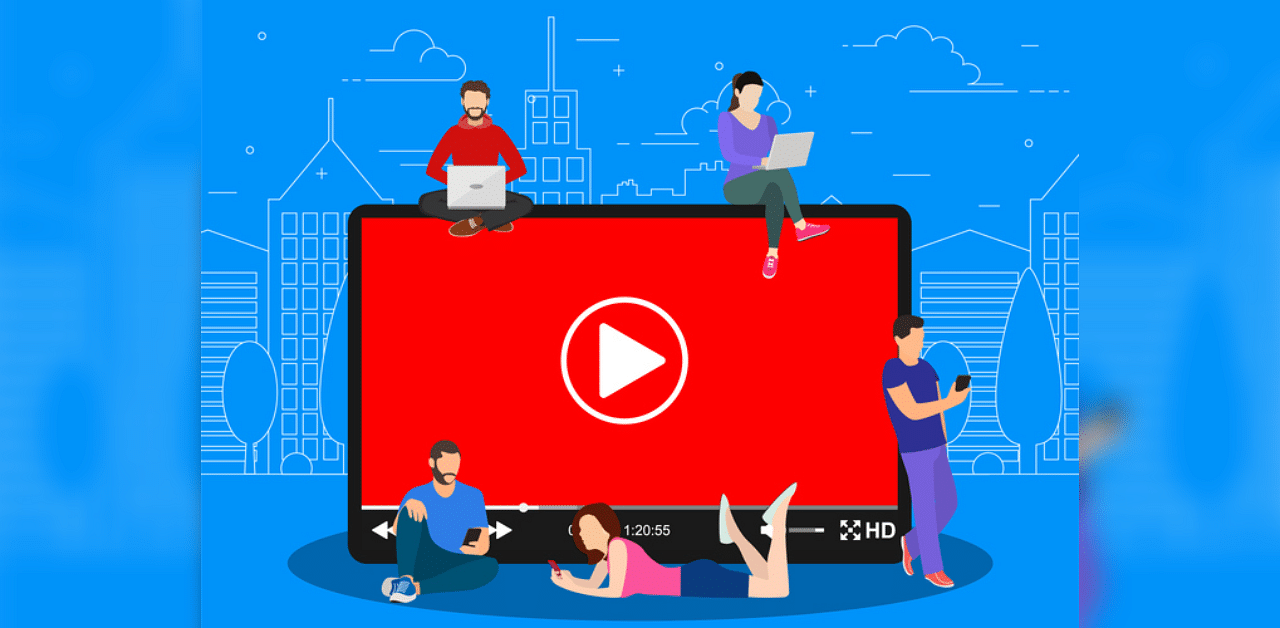
Consumption of online video content is witnessing a shift from mobiles to big screens, helped by factors like affordable smart TVs and increased broadband penetration, industry experts said.
This trend was quite visible in the top 20 cities during the lockdown period and it may increase further, ZEE5 India CEO Tarun Katial said.
"We do think that in the post-Covid era and the next 18 to 24 months, there would be a significant increase in the broadband penetration coupled with digital video streaming on TV at home," Katial said during a virtual panel discussion at 'Future of Video India' event.
Now it has become cheaper to buy a smart TV rather than a smartphone, he added.
"This now allows you for more consumption of video-on-demand on the large screen. After Covid, when people started to work from home, they increased their consumption of content on a smart TV from a smartphone," he said. "This is a very significant shift which we have seen."
This was also helped by telecom companies' investments in broadband service platforms like Jio Fiber and Airtel Xstream Fiber.
"People are now ready to pay for good content and experience and this is good for the industry," he said.
Echoing the views, SonyLIV Head of Technology Manish Verma said consumption of video-on-demand service on bigger screens is on the rise.
"Primarily so far India has been a mobile market, where 90 per cent of the consumption is going through mobile devices but going forward, we see a trend where the consumption is moving towards big screen also," he said while speaking at a separate panel discussion.
This is helped by affordability of smart TVs and increasing broadband penetration, he added.
"In the next 4-5 years, (with increasing) penetration of smart TV and broadband along with higher last-mile connectivity, we see the consumption pattern to move from mobile devices to big screens," he said.
Once this happens, it would help in better monetisation of the content and check piracy as well, he noted.
Network18 Media Group CTO Rajat Nigam said watching content on mobile devices was "compromised consumption".
"From quality content consumption point of view, the bigger screen makes much more relevance and this could be a trend going forward. It is challenging everyone in the value chain, from content producer to platform provider, technologies and the infrastructure," he said.